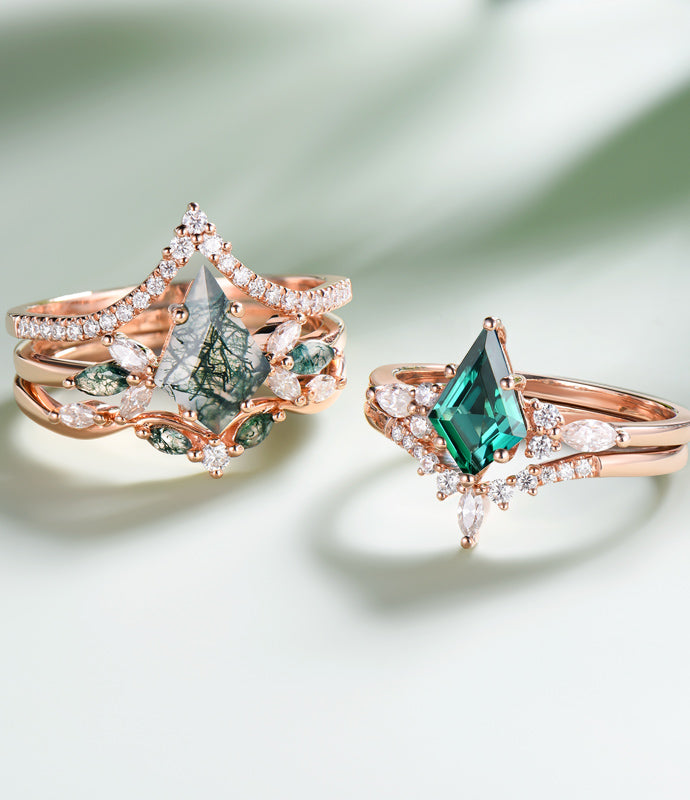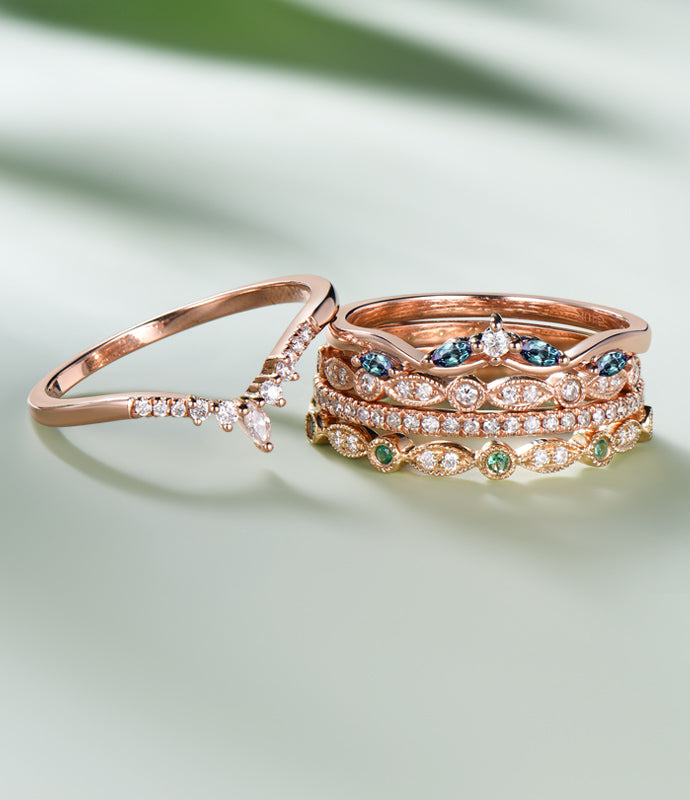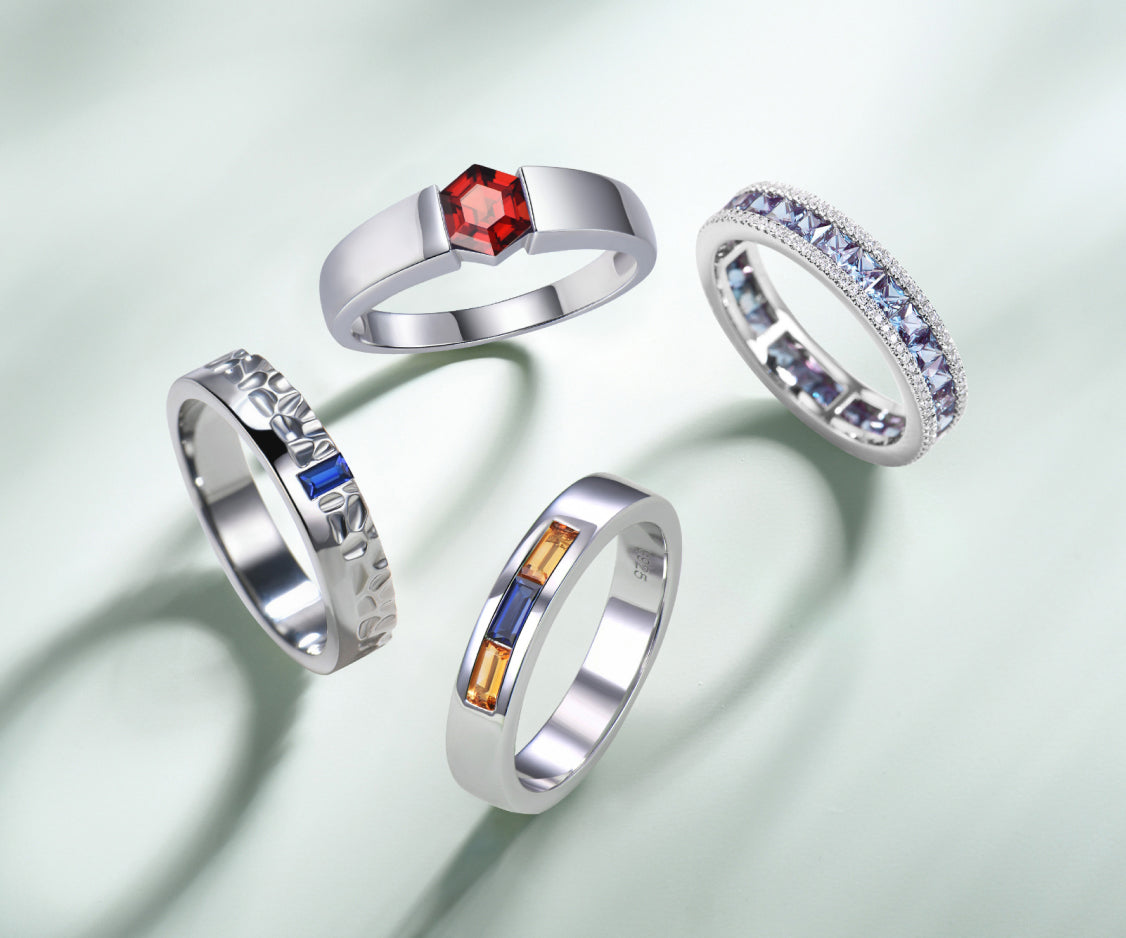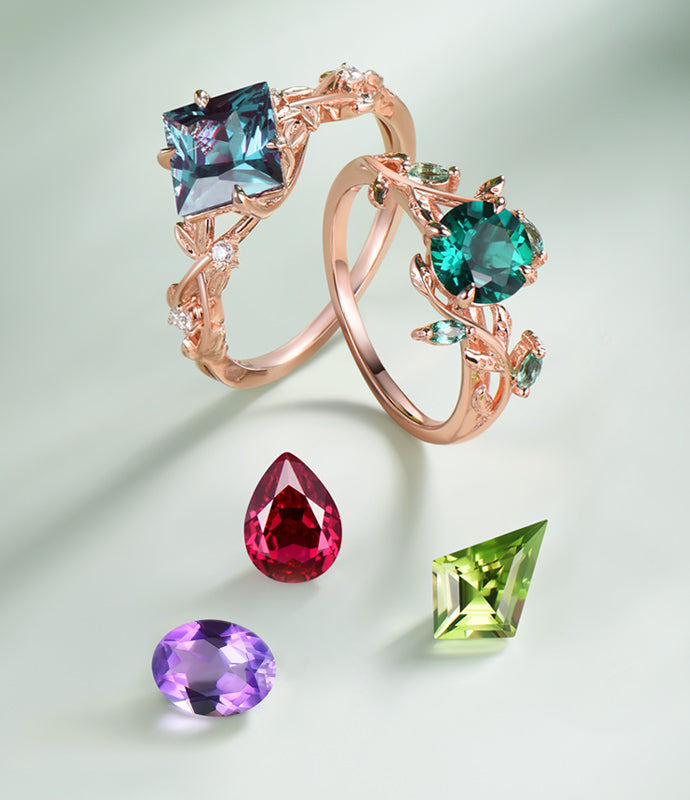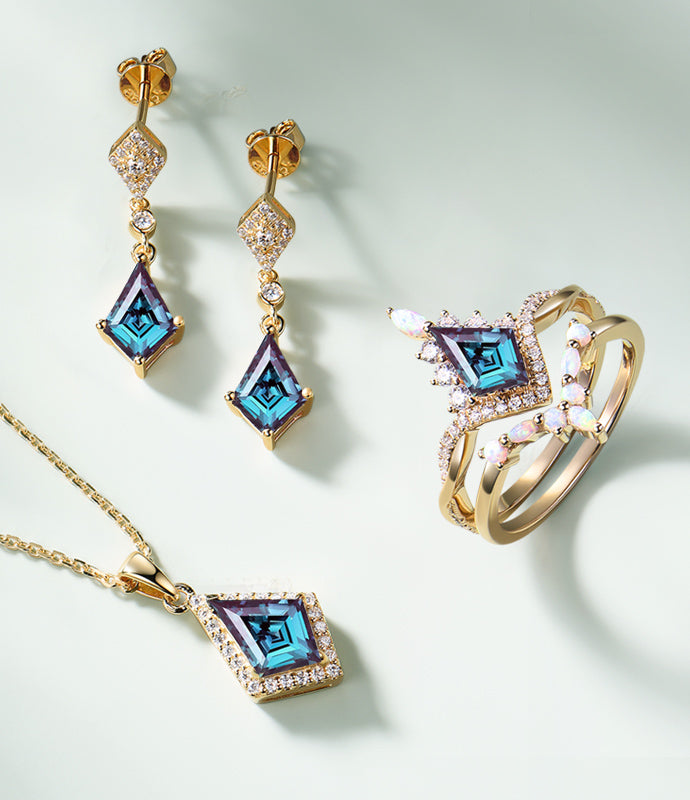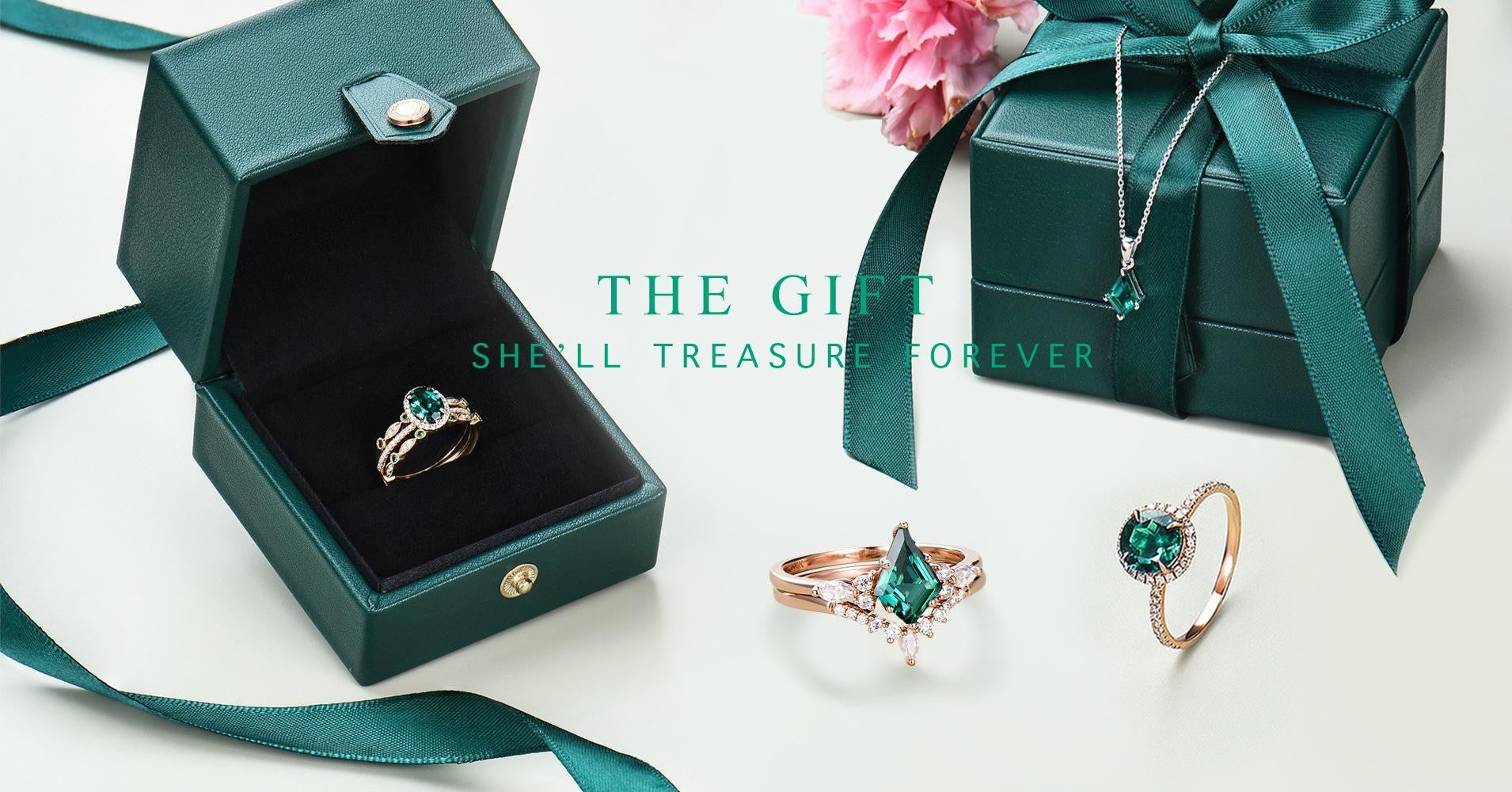The Different Types of Engagement Ring Settings
When searching for engagement ring options, most people will typically look for a ring with the perfect center gemstone that aligns with their personal preferences and style. This is important, but you also need to keep other things in mind, such as the stone settings on the ring.
How attractive an engagement ring is depends on the stone placements. They also have a significant impact on the engagement ring's durability and the safety of its diamonds. In this blog article, you will discover the many gem settings used for accent and center gemstones.

The Different Settings Used for Centre Gemstones
The settings used to hold gemstones in an engagement ring fall into two categories: settings for center gemstones and settings for accent gems. For center stones, there are four primary settings. Every one of these has unique beauty, benefits, and drawbacks.
1. The Prong Setting
Because of its beauty and usefulness, the prong setting has been a popular choice for engagement rings for hundreds of years. There is a basket at the base of the prong setting. The purpose of this basket is to ensure that a diamond or other gemstone's pavilion, or bottom part, fits securely inside. Tiny metal prongs extend up to the gem's crown at different points around the top of the basket. These little prongs are bent over the gemstone's girdle by jewelers to provide a firm hold on the gem's crown.

2. The Bezel Setting
The bezel setting provides great security for gemstones and gives a sleek, standout appearance, which makes it a great engagement ring option. The central gemstone fits into the metal cup with its thin rim, which is polished and folds over the gem edges. The sides of the bezel settings can be smooth or adorned with accent stones or engraving, which work well for any jewel shape and size. You are sure to have gemstones that do not chirp, scratch, or fall out with this single-piece metal setting, which is why it is perfect for people who lead busy lives.
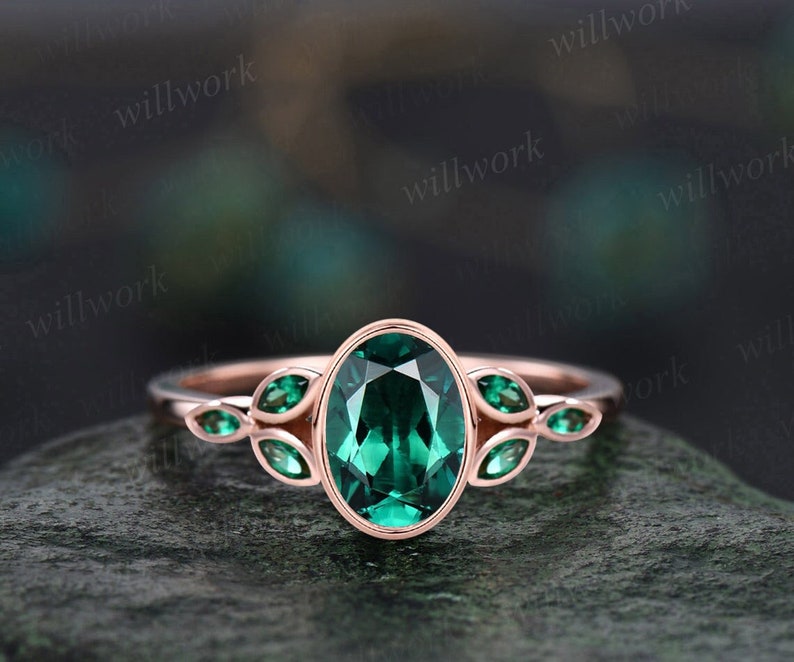
3. The Tension Setting
The Art Nouveau period is best captured by engagement rings with tension setting. Left open at the top is a uniquely designed shaft. This is a carefully crafted opening that makes it exert a certain level of pressure upon widening. When jewelers want to set a diamond or any other gemstone type in a tension setting such as this, they measure the gemstone carefully and softly cut tiny grooves in each side of the opening in the shank.
These tiny grooves will hold the edges of the gem. Then they widen the shank opening and place the gem between the two ends. The ends of the shank close on the gem and place enough pressure on the gem to ensure it stays in place. One reason why engagement rings with tension settings are so attractive is because their center gemstone appears to be suspended in the air

4. The Flush Setting
Flush setting is not a common engagement ring setting, but its unique beauty is something that makes it deserving of mention. The flush setting is made by holes carefully drilled into the shank of the ring and diamonds or gemstones carefully placed into the holes. Once the gems have been set in place, the metal around the rim of the hold is carefully hammered so that it lies seamlessly and securely holds the gem in place. Flush setting is perfect for round, square, or rectangular gemstones, but much more difficult to adapt to fancy cuts like a heart-shaped diamond.

Settings Used for Accent Gemstones
Solitaire engagement rings have only one center gemstone on a plain band. Many other engagement rings, though, also have accent gemstones. Accent gems are added to engagement rings specifically to increase brilliance and sparkle. They can also add different colors or shapes to the ring and influence its overall style. There are 4 settings that are widely used to hold accent gemstones.
1. The Castle Or Scallop Setting
The battlements on top of a castle wall appear from the side, which is how the castle setting got its name. Another common name for this setting is the scallop setting. The ring's shank is where castle settings are created. Each indentation has four tiny prongs that wrap over the top of the gem, and they feature microscopic indentations that grip the gemstones' bases. In a castle setting, the prongs can be carved at an angle to mimic fishtails, or they can be straight up and down with plain rounded ends. French cut prongs are another name for these fishtail prongs.
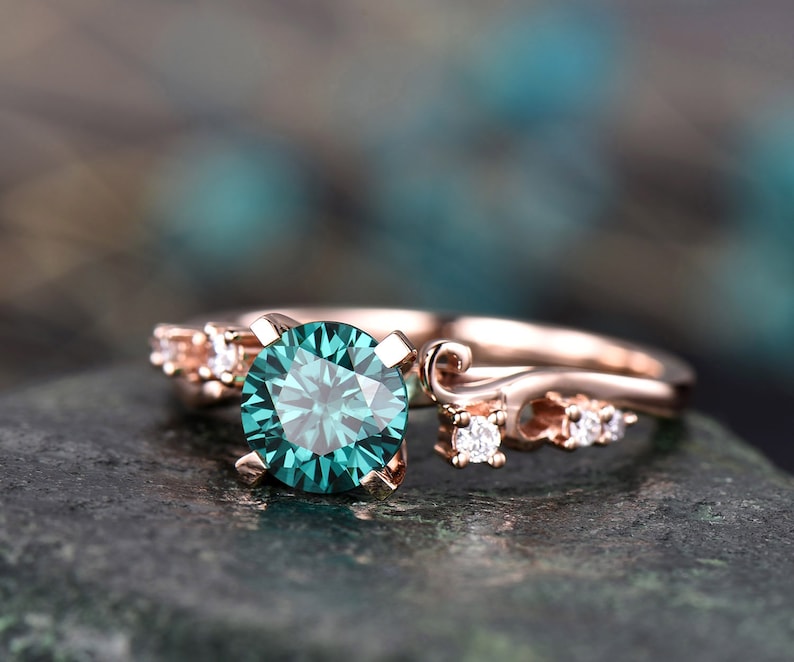
2. The Bead Setting
The bead setting, which uses small metal beads to anchor jewels within a tight channel on the shank, is perfect for accent gemstones in engagement rings. Each of the shallow holes drilled along the channel has two prongs and a bead of precious metal on top. The beads hold the gemstones firmly in place when they are inserted into the holes. Although gems receive less light and lose sparkle, this safe setting shields them from scratches and bumps. The gleaming beads, which are level with the shank, add glitter and capture light, intensifying the shine of the jewels. Jewelers embellish plain or split shanks or create eternity rings with beaded settings.

3. Pave Setting
The pave setting showcases tightly packed small diamonds, giving a brilliant, cobblestone-like sparkle. Though eye-catching, it demands regular care to keep the stones firmly set. Celebrities such as Beyoncé and Blake Lively have popularized this stunning setting by wearing pavé-set engagement rings.

4. The Channel Setting
With a specially carved channel in the shank to accommodate gemstones, the channel setting is a safe, prong-free accent setting for engagement rings. Using lips or grooves to hold them in place, precisely carved channels line up the crowns of gemstones with the surface of the shank. With diamonds, this produces a continuous line of brightness; with sapphires or other jewels, it produces a brilliant hue.
The placement lets light shine through the jewels' crowns for sparkle while blocking off side light. Whether used as a primary or supplementary adornment, it gives elegant symmetry to engagement or wedding rings and works well with round, square, or baguette stones.

5. The Bar Setting
The bar setting is a contemporary accent gem setting that uses metal bars to anchor gemstones in place of more conventional prongs and channels. A round, square, or baguette-shaped basket with parallel or perpendicular bars on either side holds the gem in place.
To increase brilliance and glitter, the grooves in the band hold the gemstone's girdle firmly while only contacting two sides. The bar setting is adaptable for engagement or wedding rings and can both stand alone and blend in with other settings. It gives any ring design a striking, modern look and a more contemporary elegance.

Conclusion
At first sight, the setting of an engagement ring could appear to be not much of an important feature. But if you think about them carefully, you may see how they enhance a ring's beauty and affect the security of the accent and center stones. Two additional features of an engagement ring have a significant impact on its final attractiveness. The first of them is often disregarded, which is the overall design of the ring. The gemstones used in the engagement ring, which may include diamonds, sapphires, rubies, or emeralds, make up the second factor.




